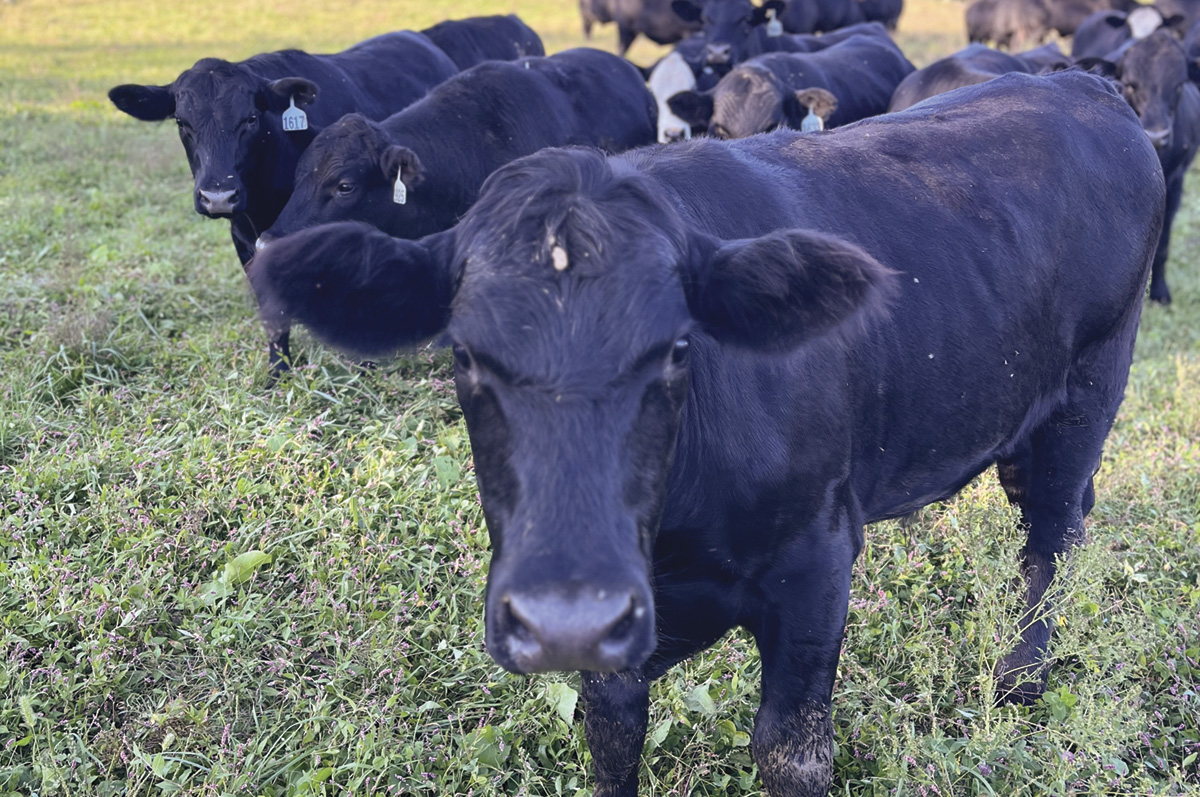Profitability can be difficult to achieve and maintain in any agricultural enterprise. For beef producers, market fluctuations, extreme weather and a myriad of other factors can make financial sustainability an elusive goal. Some ranchers are capturing more dollars by marketing beef directly to the consumer.
Scott Duggan is an extension agent in central Oregon as part of the Oregon State University Extension system. He has worked extensively with beef producers who market their products directly to the consumer. For Duggan, the key to succeeding at this sort of enterprise is being the right person for the job.
“You have to have the right personality for marketing and sales,” says Duggan. Noting that many ranchers get into the business because of a love for working outside with animals, Duggan cautions that marketing and sales requires a different, specific set of skills.
In Oregon, many of the beef producers who sell directly to consumers are smaller operations, according to Duggan.
“In central Oregon, it’s a yearlong waiting list to get into a USDA slaughterhouse,” he says.
Direct-to-consumer operations must be able to plan far ahead and organize slaughter dates efficiently, in addition to having the people skills to get the marketing and sales done. Duggan sees a bright future for the profitability of direct-to-consumer marketing of beef.
“This is the lowest cow inventory since the ’50s,” he says, noting that prices are high and projected to stay high for the next year or two.
Stewart Farm Beef
Jamie and Jennifer Stewart direct market beef in Stedman, North Carolina. Although the farm has been in the family for generations, Stewart Farm Beef has been direct marketing its products for only four years.
“I think it’s the only way to go [for us],” says Jamie Stewart, recounting how the prices at local auctions were not adequate to support a healthy business model for their farm.
Stewart Farm Beef has roughly 80 head of cattle processed annually, marketing the meat in a hundred-mile radius of Fayetteville, North Carolina. Stewart is appreciative of his proximity to a good market but also acknowledges that one challenge is the distance he needs to travel to access the best slaughterhouse.
“It’s about seven hours by the time I make the whole trip,” he says.
Stewart says a direct marketing business model is becoming more common in the Southeast. From what he has seen, he believes the COVID-19 pandemic influenced many producers to go with direct marketing.

Some industry experts see direct-to-consumer marketing as an important tool for operations of all sizes. Photo provided by Trish Vasta.
Although prices and demand are solid for Stewart Farm Beef, Stewart recognizes that direct marketing beef isn’t always easy. He says the main difficulty is managing the logistical details.
“We’re always running into one bottleneck or another,” he says. There can be challenges with freezer space, slaughter dates, delivery and other logistics – as with any family-run business.
Jamie Stewart, however, is upbeat about the future of his business. The family’s main herd is Angus, but they also raise some Dexters as a hobby. Stewart aims for a hanging weight in the 650- to 700-pound range, which makes the Angus more suitable for the commercial end of the operation.
Recently, Stewart raised his prices. “We just recently had to go up because our inputs kept going up.”
Hemlock Hill Farm
Hemlock Hill Farm in Westchester County, New York, direct markets beef and other meats from an on-farm store. Business is good, according to Trish Vasta, who runs the operation with her cousin Laura Silva. The farm has been in their family since 1939 and has certainly seen some different incarnations, according to Vasta.
Currently, one aspect that makes Hemlock Hill Farm unusual is its ability to process USDA-approved beef in its own slaughterhouse. Although previous generations had built a slaughterhouse, the family renovated the older facility and achieved federal inspection in 2017.
“We saw a big jump during COVID in people trying to find local meat,” says Vasta. Although demand may have dropped off somewhat since the pandemic, Vasta says the real challenge is to get people to eat cuts of meat they aren’t accustomed to purchasing. Vasta’s comments highlight a challenge for anyone considering getting into direct marketing beef: making sure the entire animal gets sold.
Vasta and Silva solved this problem by establishing a system of selling beef through the community-supported agriculture (CSA) model. Customers would come get a box with a variety of cuts – and would learn to enjoy more than just ribeye.
“People started eating things they wouldn’t normally eat,” says Vasta. “The CSA broadened [customers’] horizons.”
According to Vasta, social media can be quite effective at getting the word out to customers and generating interest in different products. Recently, Hemlock Hill posted a video on social media of a side of beef getting cut up. The video went viral, and soon Vasta was getting calls from all over the country – people eager to buy a quarter or a half beef.
“I’m still getting calls from people from California,” she says. Although Hemlock Hill Farm doesn’t ship beef long distance, Vasta tried to find beef producers local to the people looking for beef.
Another way to keep direct beef sales consistent and steady is to find an appropriate wholesale buyer, Vasta says. Currently, the state of New York has a program called the Food Sovereignty Fund that facilitates food pantries accessing high-quality food from local farmers. Hemlock Hill gets an appropriate price for the beef through the program, says Vasta. “We’re seeing our meat at the pantries, and that’s awesome,” she says.
Evening out the seasonality of beef production can also be a challenge for direct marketers. In February, Hemlock Hill Farm had an abundance of ground beef. But now, with grilling season underway, all cuts are flying out of the freezer.
Direct marketing of beef isn’t for every producer. But for those with people skills and a love of marketing, selling direct to consumers offers an opportunity to make more profit on each animal.









